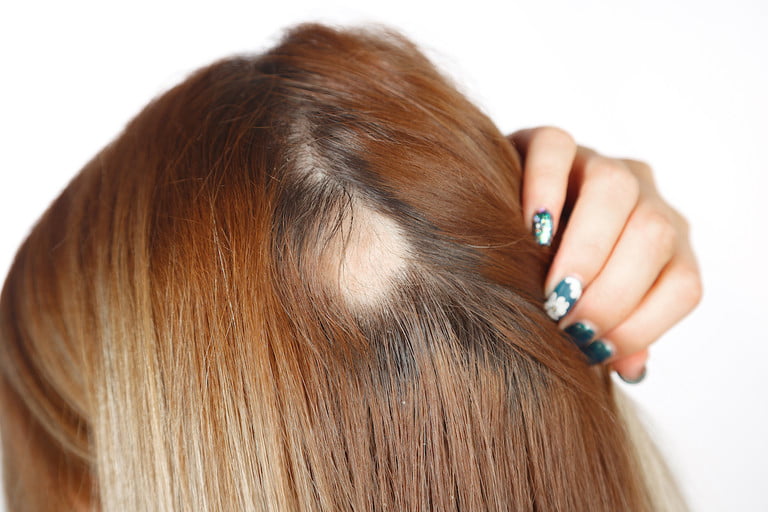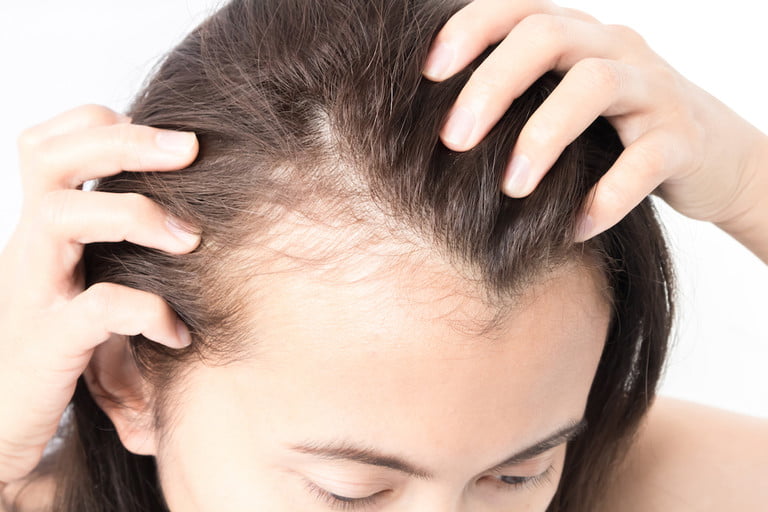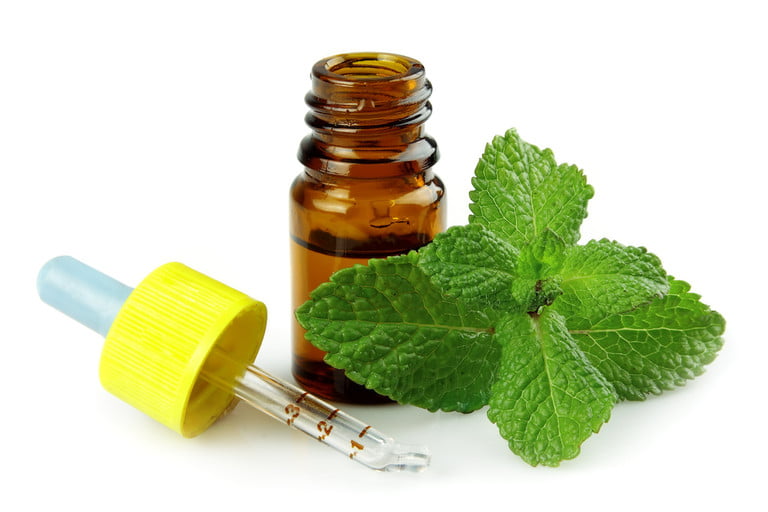Losing your hair can be a devastating and stress-inducing event. According to the Mayo Clinic, hair loss (alopecia) can affect “just your scalp or your entire body, and it can be temporary or permanent.” For women, female pattern baldness is the most common type of hair loss in women. According to Mount Sinai, it occurs “when the hair follicle shrinks over time, resulting in shorter and finer hair. Eventually, the follicle does not grow new hair.”
There are different treatment options available, but that doesn’t mean you have to act on it at all. Some women don’t do anything about it because it doesn’t bother them. Others may cover it up with different hairstyles, a new hat, or scarves that can hide their hair loss. Still, others choose a medical intervention that has been shown to regrow hair.

What causes female pattern baldness
While there is no way to know for sure what’s causing your hair loss, there are several common causes that have been shown to cause hair loss. Aging, hormonal changes, family history, excessive bleeding during menstruation, poor dietary habits, and certain medications can all cause hair loss.
In women, thinning hair usually starts on the top and crown of the scalp, widening through the center hair part, which can be hard to hide. The good news is that this type of hair loss rarely results in total baldness, as it does for men. Regardless, it can be emotionally devastating when it happens.

Hair loss treatments
There are several treatment options available if you suffer from hair loss or thinning hair. Mount Sinai stated that the “only medicine approved by the United States Food and Drug Administration (FDA) to treat female pattern baldness is Minoxidil (Rogaine).” This medication is applied directly to the scalp and has been shown to help one in four women “slow or stop hair loss.”
Laser hair treatments are also available, albeit at a much higher price than other treatment options. Laser treatments can be done via light helmets, bands, and hair caps that can be used at home, which is convenient for many users.
There are also supplements like Hum, Moon Juice, Nutrafol, and Viviscal that include collagen minerals that can stimulate hair growth in women. Peppermint oil has also been shown to stimulate hair follicles, though more research needs to be done to be conclusive.

Hair loss prevention
When brushing or styling your hair, always use a detangler. If not, you’ll find yourself brushing your hair more excessively than needed, which can cause hair loss. Similarly, try to limit rollers, curling irons, or hair straighteners as much as possible. This can help keep your hair from thinning or falling out. If you get highlights or lowlights, try extending the time in between coloring. If you usually go every six weeks, try going every 12 weeks, and see if it helps.
The choice of how and whether to treat thinning hair is a very personal one. No one should make that decision for you. Losing your hair can be stressful and cause anxiety for many women, which is completely understandable. “Society and medicine haven’t taken hair loss seriously because it’s not life-threatening,” said Spencer Kobren, the AHLA’s founder. “But it’s a disease of the spirit that eats away at a person’s self-esteem, and the social ramifications, especially for women, are profound.”
Hair loss is typically addressed more as a “man’s issue,” but it’s estimated that more than 50% of women will experience noticeable hair loss in their lives. If you suffer from hair loss and find it difficult to cope, don’t hesitate to reach out to your primary care physician or a dermatologist immediately. They can help reverse the damage early on and give you options for the future, which can prevent you from losing more hair.
Also, know you’re not alone. Female-pattern hair loss affects approximately 30 million women in the United States alone. If you are struggling, there may be community groups, therapists, and medical professionals that can help you manage any anxiety you may be feeling. The good news? No one can (or should) tell you how you should look. If you’re happy with your appearance and aren’t bothered by hair loss, doing nothing can be a pretty freeing feeling.



